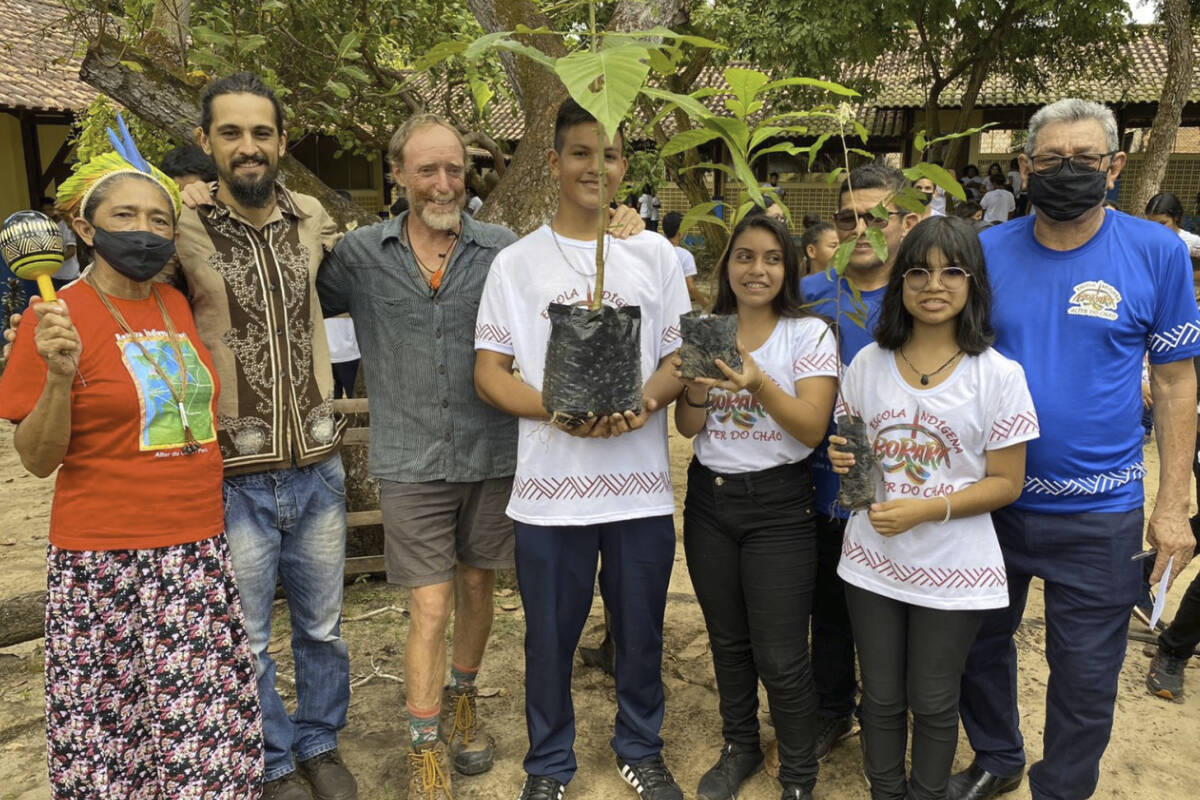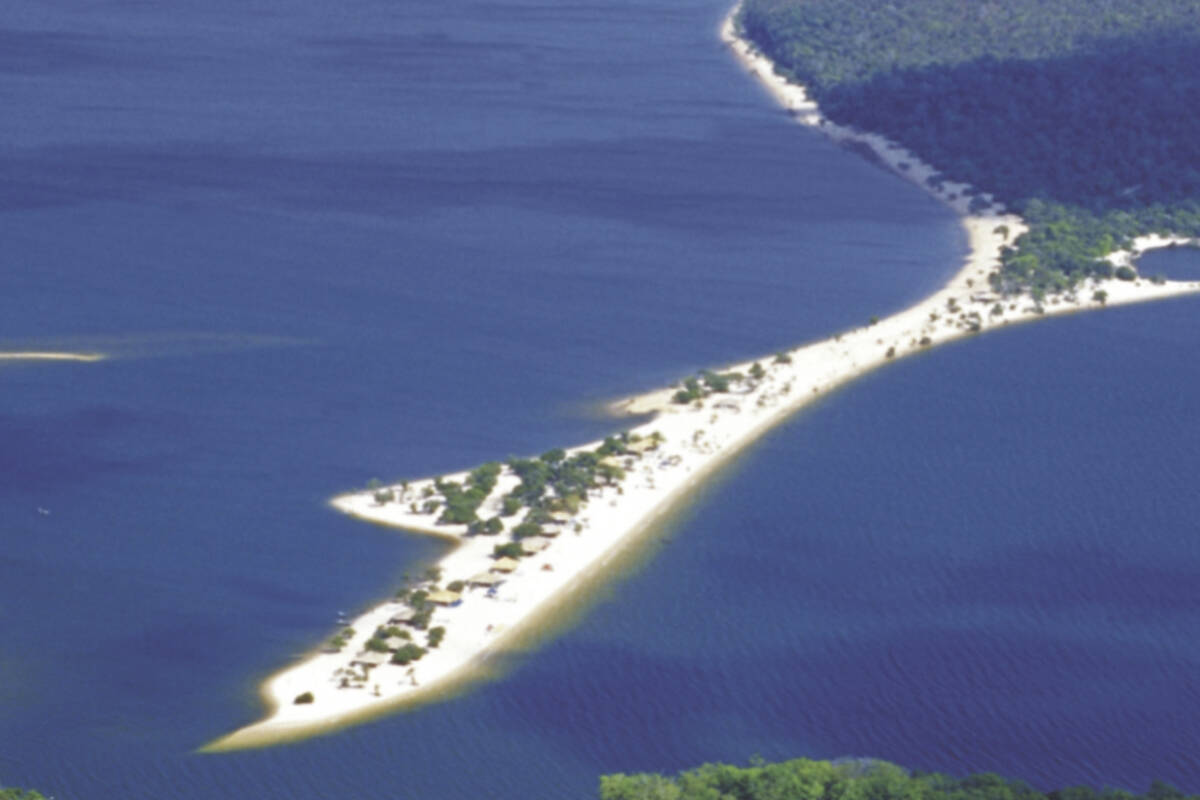Nelson’s Thor Smestad once dreamed of visiting the Amazon rainforest. Now, seed by seed and tree by tree, he’s helping to restore a tiny, important part of it.
Across the Tapajos River from Alter do Chão, a small community in northeastern Brazil, is Ilha do Amor. The long peninsula of sand and trees is mostly submerged when the river is high during the early months of the year, but from September to December it is crucial to Alter do Chão’s economy.
Small restaurants are built and tourists flock to the beach that in 2009 was named by The Guardian as the best in Brazil.
But the Ilha do Amor has suffered degradation due to the visitors, which has resulted in the tree cover receding from the beach
“There’s very heavy tourist use and the local Indigenous community, the Boraris, they’re well aware of what’s going on,” says Smestad. “They’ve been planting some trees, but it needs to be done on a bigger scale and a more co-ordinated approach.”
Smestad, who has worked in forestry in B.C. since the early 1980s, had long hoped to work in Brazil. In 2017 he spent six weeks learning about tropical reforestation at an ecological reserve near Rio de Janeiro. A year later he bought a motorcycle in Sao Paulo and began travelling north. That led him to Alter do Chão, and a vital beach in need of trees.
Smestad and his partners Diêgo Figueiredo de Siqueira Simplício, a lawyer who works in environmental law, forester Waldeir dos Santos Pereira and Katherin Daniela León Pinto have established the Alter do Chão Reforestation and Agroforestry Center of the Amazon (ACRAA).
There, Smestad is working with the Boraris to grow local tree species at their nursery and restore tree cover in an approximately 10-kilometre area. The community, he said, has been enthusiastic for the project.
“With ecological restoration, if you can identify a high-value site that is also highly degraded, and you introduce the appropriate plants to restore it, then people will be interested. They will want your help. That’s one of the things about this place is it is really beautiful here, but there’s problems. Those problems for us are like an opportunity.”
ACRAA began germinating seeds in 2020, and last February planted their first trees. They are required to plant only using native seeds in the area where they were collected — the local tree species is the Comandá — and have also expanded to growing fruit trees.
Smestad said soya farms are a profitable option in an economically depressed region of Brazil, but they are also leading to deforestation of the area. He sees agroforestry, which incorporates the growing of food crops into reforestation, as a viable alternative.
“People are really stressed for money. The pandemic has made it a lot worse. So there needs to be solutions that bring capital.”
As their work begins to bear fruit, Smestad has already begun considering what else can be done.
His team has held tree planting ceremonies at local schools where he hopes to help built smaller nurseries taken care of by students.
He also envisions having tourists pay for a stay that includes contributing work to the reforestation of the area.
“It’s really satisfying when you look at an area and it looks beautiful,” he says. “It’s degraded when you start and when you’re done it looks beautiful. There’s nothing more satisfying than doing that.”
To make a donation to ACRAA, click here.
READ MORE:
• Blockade set up by protesters ahead of contested logging in Argenta area
• West Kootenay project blends agriculture and forestry
@tyler_harper | tyler.harper@nelsonstar.com
Like us on Facebook and follow us on Twitter.


